Products You May Like
Get full access to Outside Learn, our online education hub featuring in-depth fitness, nutrition, and adventure courses and more than 2,000 instructional videos when you sign up for Outside+
Sign up for Outside+ today.
For a lot of hikers, the secret to a good trip is simple: carry less. Over the past decade, we’ve seen ultralight backpacking go more and more mainstream, as major gear manufacturers have dived into the lightweight market. The result has been a groundswell of new toothbrush-cutters trying to find their way into the lighter side of the hobby.
This year, thousands of readers new and experienced came to Backpacker to learn the basics of ultralighting, or to pick up a few new tricks. We’ve rounded up the year’s 5 most popular stories from ultralight columnist Nathan Pipenberg. Read on to learn a few new things about doing more with less. —The Editors
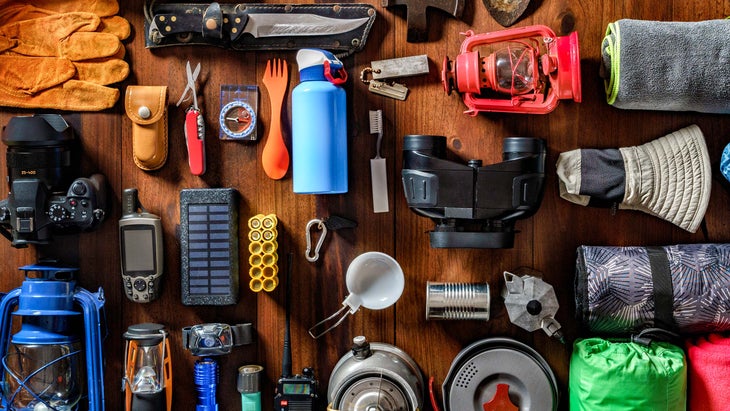
If there’s one surefire where to increase your comfort on a backpacking trip, it’s to reduce the weight of your backpack. A lighter load can reduce fatigue, minimize the chance of injury, and spell the difference between a great trip or a painful slog. Many hikers believe that buying expensive ultralight gear is the only way to reduce pack weight, but that’s simply not true. The best way to lighten your pack is simple: carry less. That said, it can be tough to decide what to strike from your packing list. Here are six examples of gear you can safely leave behind the next time you go backpacking.
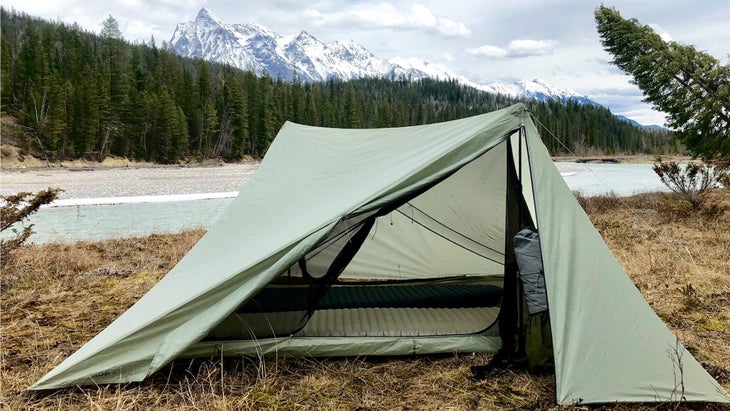
At first glance, the world of ultralight shelters seems to be running out of innovations. It’s hard to imagine finding a lighter material than Dyneema. Nor does it seem possible to concoct a better design than the trekking pole-assisted tent, which saves gobs of weight by nixing traditional tent poles. In fact, there have been few true game-changers in the past decade: Many of the most popular ultralight tents today are old designs. But for the past several years, one new tent has been overtaking tried-and-true stalwarts like the Tarptent Rainbow and Zpacks Duplex.
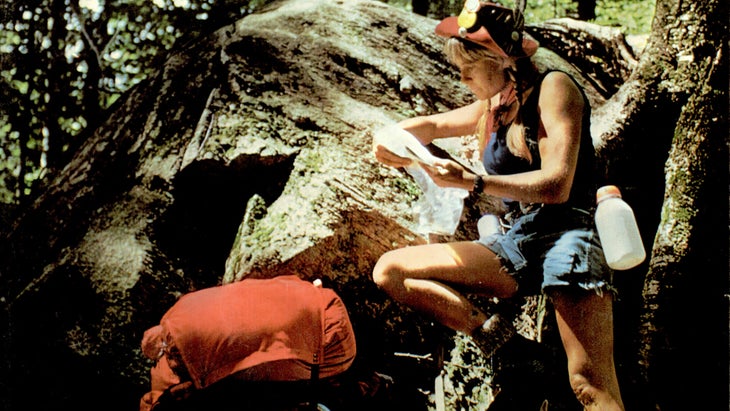
Viewed through a modern lens, going on a backpacking trip fifty years ago looks like a tortuous affair. The gear was heavy and uncomfortable. Everyone cooked meals in cast iron skillets and hiked in blue jeans. For an ultralight hiker in the 21st century, a vintage gear catalog advertises nothing but nightmares. Is this picture wholly accurate, though? Could an aspiring ultralighter outfit themselves using only gear that was available in the 1970s? We combed through gear catalogs and back issues of Backpacker to find out.
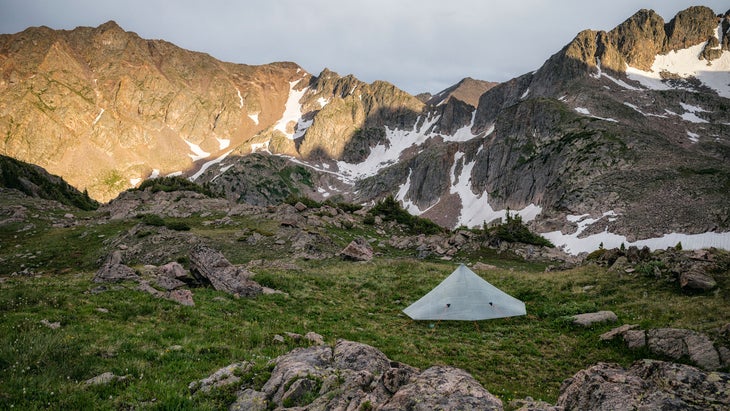
Going ultralight is easy when conditions are perfect. But as the seasons change, things get tougher. Chief among the challenges of shoulder season hiking is staying warm while keeping your pack weight down. It’s a simple fact that cold weather will force you to carry more and heavier gear in order to stay comfortable and safe. Still, there are ways to get the best of both worlds. Here are our best tips on how to tweak your ultralight kit when the shoulder seasons hit.
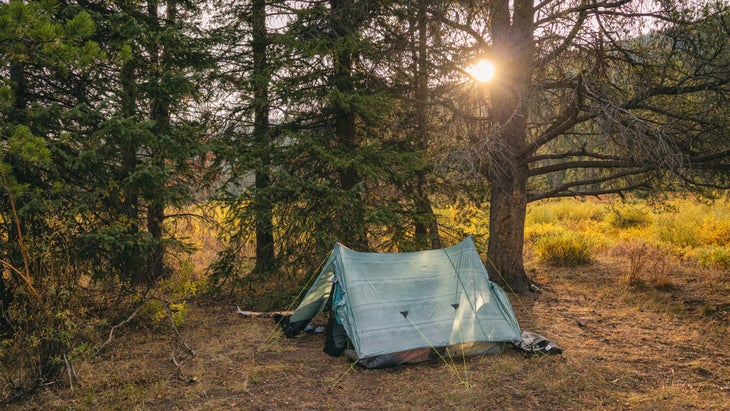
Ultralighters are the oddballs of the hiking world. Whether it’s wearing a combination poncho-tarp or cold-soaking their meals to avoid carrying a camp stove, some of the ideas that ultralighters consider rational may strike other backpackers as ridiculous. And while ultralight hikers can be overzealous and prone to experimentation, their most common habits are rooted in common sense. Due to the limits of their gear, ultralighters often find creative ways to get warm, stay comfortable, and enjoy their hikes while carrying less. And that’s something any hiker can appreciate: Whether you’re looking to lighten your load or you’re perfectly content with the weight of your backpack, adopting these five habits can make your next backpacking trip a little easier.
